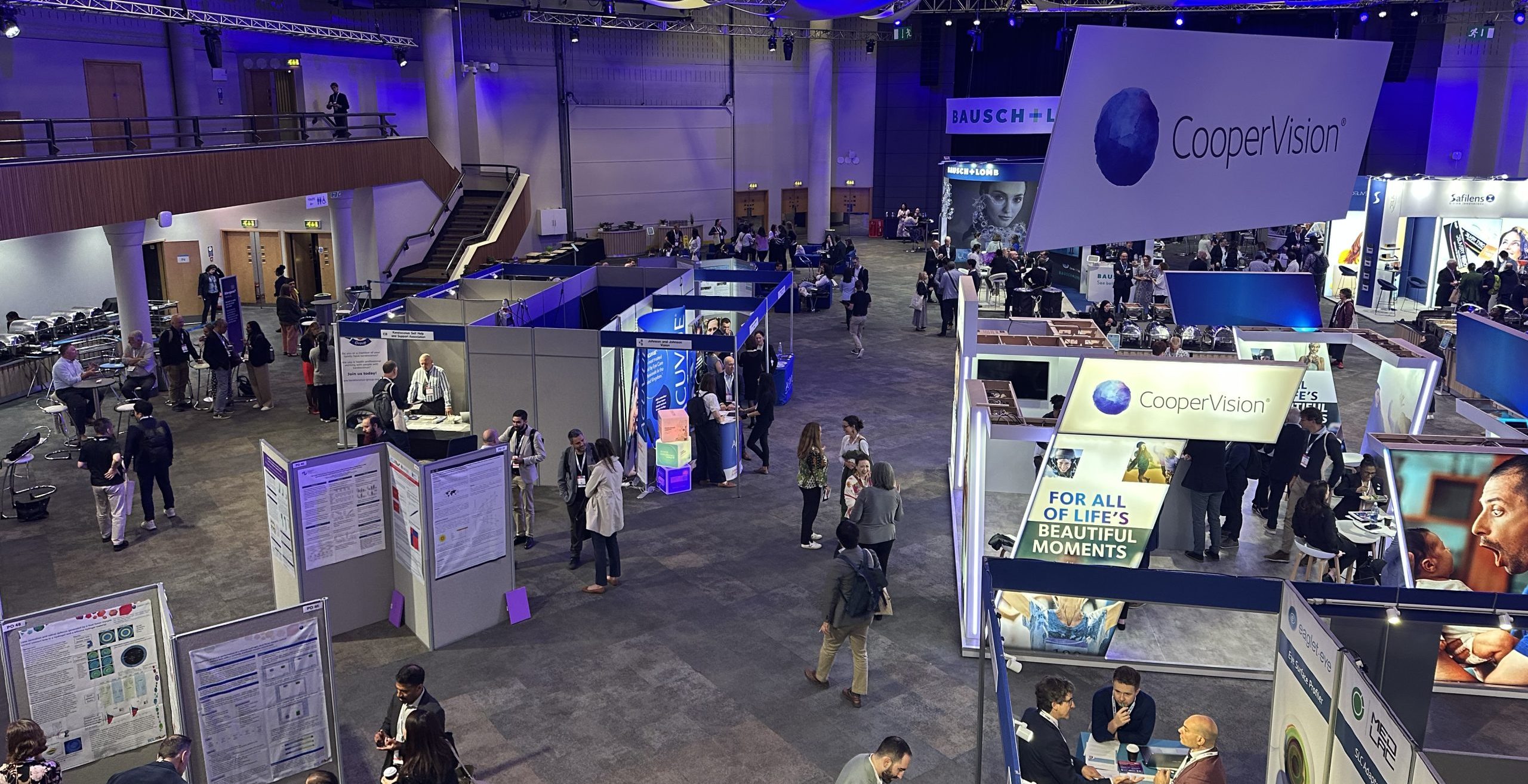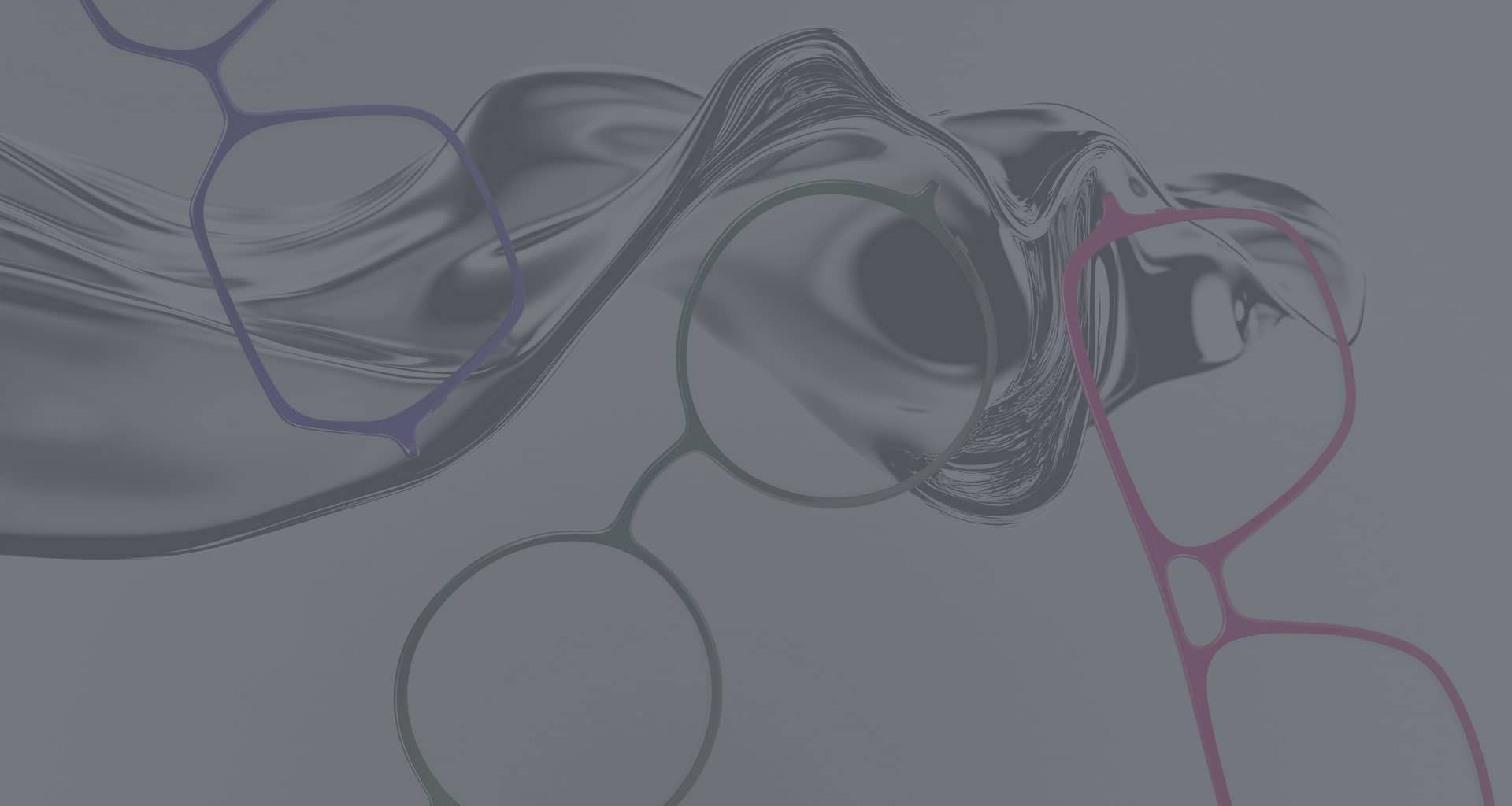Who is a Glaucoma Suspect?
Glaucoma suspects are patients who may have some increased risk factors for glaucoma, such as: family history in a first degree relative, increasing age, raised eye pressure, West African descent, myopia, diabetes, high blood pressure.
Or they may have some but not all of the signs of glaucoma diagnosed by a specialist optometrist or consultant ophthalmologist such as a suspicious looking optic nerve, raised eye pressure, variable visual fields, haemorrhages at the optic nerve, thinned blood vessels, a thin cornea or a family history of glaucoma
More accurate tests with increased regularity, will significantly increase the chances of change being picked up sooner. To find out more, see EyeSense for Glaucoma below
What is glaucoma?
Glaucoma is a group of diseases which cause damage to the optic nerve and leads to sight loss. In the UK we define this as characteristic damage to the optic nerve that has produced a reproducible visual field defect consistent with the optic nerve appearance. If detected early, this progression can be slowed down or halted.
Within the NHS eye service there is a balance between regularity and depth of testing and cost. Unfortunately due to the current Covid-19 crisis there is likely to be a delay on routine follow up appointments within the NHS. However urgent patients will be seen on time.
What is Ocular Hypertension?
Some people have higher eye pressure than is normal for an average population. If there is no damage to the eye, this is defined as ocular hypertension.
Studies show that ocular hypertension is a risk factor for going on to get glaucoma. Over a 5 year period, 10 out of 100 people with ocular hypertension progress to glaucoma.
Increasing the regularity and quality of monitoring people with ocular hypertension can reduce this risk
What is EyeSense?
Your optometrist at Lynne Fernandes Optometrists know all about diagnosing glaucoma. We will create a bespoke plan for monitoring your risk with the best tests, and a programmed regularity. We call this EyeSense and has been created by one of our directors: Gerard Fernandes, who has the highest (dipGlauc) qualifications and 15 years experience as a Glaucoma Specialist Optometrist at Bristol Eye Hospital.
EyeSense for Glaucoma Suspects or Ocular Hypertention?
You may just have a family history, perhaps a parent or a sibling with glaucoma and wan the best possible chance of minimizing risk. Or you may currently be monitored at an eye hospital by technicians or optometrists with varying experience. Even if you are treated for glaucoma at an eye hospital you will benefit from the safety net of regular reviews with an optometrist who you get to know and trust
If you would like the best chance of monitoring change in your eyes then EyeSense for glaucoma is for you.
EyeSense is bespoke personal eye care including:
A Sita Fast threshold visual fields test - this computer based test focuses on your peripheral vision (the part of your eyesight outside of your main gaze) and then it looks at your whole vision to check for any aspects that might not be functioning as they should be. If these tests are carried out frequently the computer learns about your responses and can provide more accurate readings. We test both the traditional visual field, but also areas where the latest research says damage first occurs (this is not done routinely in eye hospitals)
10-2 visual fields testing - the latest research tells us that the traditional hospital visual fields tests may be missing the area of your eye where damage happens first. This test targets that area.
Goldmann applanation tonometry (GAT) - this looks at the eye pressure which is key in detecting and diagnosing glaucoma, and then monitoring it. A mild anaesthetic eye drop is given and then a blue light is shone into the eye.
Gonioscopy - This is used to assess how successfully the eye drains fluid. If the angle (channel) is narrow you are more at risk of a severe type of glaucoma. This is a technique available from specialist optometrists.
Dilation and imaging - By dilating the pupil we can more accurately see the internal structures of the eye to assess any changes. It takes about 20 minutes to work and is carried out by putting dilating drops into the eye.
Optic nerve assessment assessment - this tiny nerve that takes information from your eye to the brain is the site of the most obvious damage from glaucoma. We use the optometrists experience, 2 dimensional photographs and 3D OCT scans to monitor change over time. This may be normal, due to age, or pathological due to glaucoma
Retinal nerve fibre assessment - we use state of the art software to monitor the change in thickness of nerve fibres on your retina over time. With enough visits, the software provides sensitive analysis of change.
Ganglion cell analysis - again state of the art software compares the density of retinal ganglion cells over time. With enough data, this becomes an effective method of looking for change
Corneal Thickness - Eye pressure measurements assume an average central corneal thickness, if you cornea is thicker or thinner, we adjust our judgement of the eye pressure
Treatment - First line treatment in the UK is still eye drops. We feel should change to a specific laser within the next year. We feel in the majority of cases conservative treatment is preferable. However sometimes surgery is preferable.
After these extensive tests we will tailor make a management plan for your eye health needs. However, should you ever need to see us or ask us a question you are always welcome to book an appointment at any time.
EyeSense for glaucoma suspects, ocular hypertension and glaucoma starts £13 per month.


